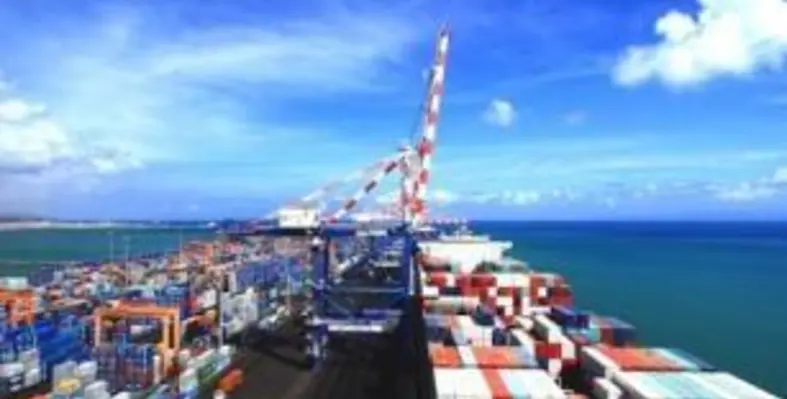Doraleh Multipurpose Port is set to transform shipping in the Horn of Africa
Djibouti has today opened the country’s latest mega project – the Doraleh Multipurpose Port (DMP). The official opening ceremony was held under the auspices of Djibouti’s President His Excellency Ismail Omar Guelleh, together with His Excellency Hailemariam Desalegn, Prime Minister of Ethiopia.
The new 690 hectare facility is equipped with ultra-modern facilities that can accommodate 100,000 dwt vessels. The USD$590m project was started in 2015, and jointly financed by Djibouti Ports and Free Zones Authority (DPFZA) and China Merchant Holding (CMHC). The state-of-the-art port equipment was all manufactured by the Chinese firm ZPMC. Vessels have already begun using the facility.
The port provides a world-class logistics platform for shipping. The new facilities will vastly improve the efficiency and ease of doing business in the Horn of Africa. The project cements Djibouti’s position as a critical junction on the “Maritime Silk Road”.
At the opening ceremony, Aboubaker Omar Hadi, Chairman of DPFZA remarked: “With this new world-class infrastructure, Djibouti confirms its position as a major trading hub for the continent. We are proud to show the world our capacity to deliver major infrastructure projects – some of the most technologically advanced on this continent.”
DMP is the latest in a series of mega projects in Djibouti. These projects include four new ports, a Liquefied Natural Gas facility, an oil terminal, and two brand new airports. Together they will dramatically expand Djibouti’s ability to serve as a platform and trade hub for the region.
The projects follow the completion of the Addis Ababa-Djibouti Railway, a new 752km track linking Ethiopia’s capital with the Port of Djibouti.
Djibouti sits at the centre of world trade routes, connecting Asia, Africa and Europe. The port is a gateway to one of the fastest growing regions of the world with 30,000 ships transiting the port each year. Goods from Asia represent 59 per cent, with 21 per cent coming from Europe and 16 per cent from elsewhere in Africa.





